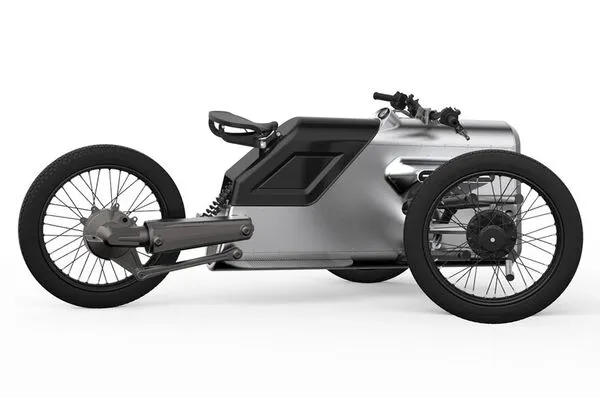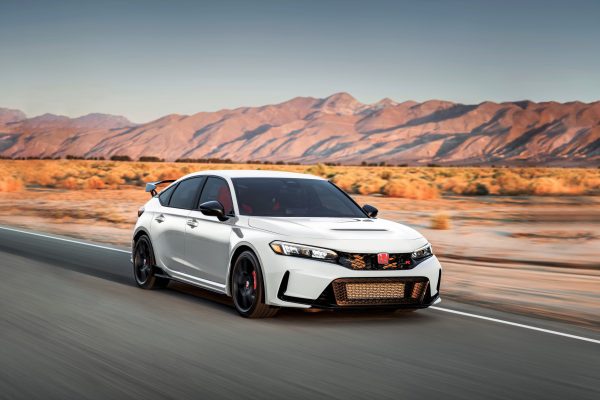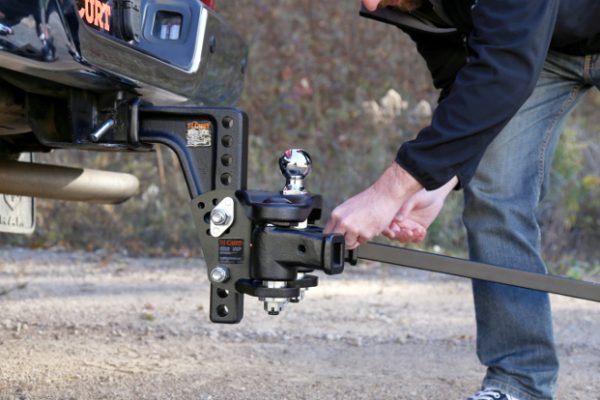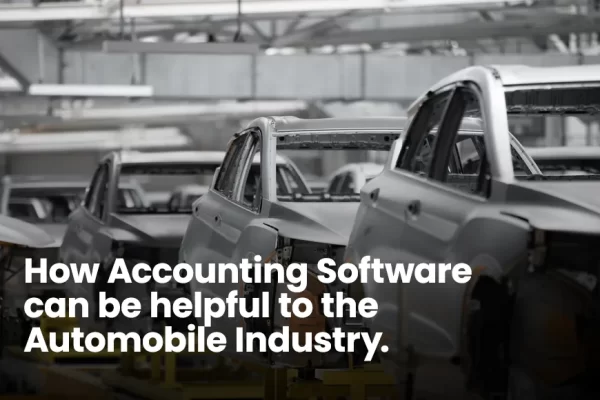Electric trikes, or E-trikes, are gaining popularity for their ability to cater to diverse transportation needs across urban and suburban environments. These versatile, three-wheeled vehicles run on electricity, offering a more sustainable, enjoyable, and cost-effective mode of transport. E-trikes are shaping the future of mobility and transforming cities and communities in a multitude of ways.
Sustainability and Carbon Emissions Reduction
E-trikes offer an eco-friendly alternative to traditional gas-powered vehicles. Running on electricity, they produce zero emissions, and their power source can even be obtained from renewable energy resources like solar or wind power. By adopting E-trikes for personal or commercial uses, cities and communities can significantly reduce their carbon footprint and mitigate the impact of climate change.
Enhanced Accessibility for All Ages and Abilities
E-trikes cater to riders of all ages and abilities, due to their inherent stability and ease of use. Their low step-through frame and stable tricycle design remove the need for complex balance and coordination skills, making them accessible to senior citizens, or those with limited mobility or physical disabilities. This inclusivity allows more members of the community to participate in everyday activities and fosters a sense of independence and social connection.
Encouraging Physical Activity and Healthy Lifestyles
Although e-trike specifications are powered by electricity, they still offer an opportunity for physical activity by enabling riders to pedal when desired. Pedal-assist systems can be adjusted to accommodate the rider’s preferred level of exertion, encouraging exercise and promoting a healthier lifestyle. The adoption of E-trikes can help cities and communities foster a culture of active living and improve overall wellbeing.
Reduced Traffic Congestion and Improved Road Safety
By switching to smaller, more agile E-trikes, cities and communities can alleviate traffic congestion and parking issues, as these vehicles require less space on the roads and parking areas. Fewer cars on the streets mean reduced air pollution, less noise pollution and decreased risks of accidents. In congested urban areas, E-trikes can bring about a calmer, safer, and more pedestrian-friendly environment.
Economic Benefits and Cost Savings
Electric bike offer significant cost savings over traditional gas-powered vehicles, with considerable reductions in fuel and maintenance expenses. They require fewer mechanical parts and no oil changes, translating into lower long-term costs for both individuals and businesses. E-trikes also support local economies by offering entrepreneurial opportunities, such as E-trike taxi services, rental schemes, and delivery businesses.
Challenges and Solutions
While e-trikes offer numerous benefits, several challenges need to be addressed for their widespread adoption.
Infrastructure Requirements
To support the growth of e-trikes, adequate infrastructure needs to be in place. This includes establishing charging stations and implementing effective battery management systems. Additionally, dedicated e-trike lanes and parking spaces should be incorporated into urban planning to ensure safe and convenient e-trike usage.
Safety and Regulations
Ensuring the safety of e-trike users is of utmost importance. Traffic rules and regulations must be updated and enforced to accommodate the unique characteristics of e-trikes. Furthermore, implementing safety measures such as mandatory helmet use and visibility aids can help mitigate potential risks associated with e-trike usage.
Conclusion
The e-trike revolution is transforming cities and communities by providing sustainable, cost-effective, and accessible transportation solutions. E-trikes offer a multitude of benefits, from reducing carbon emissions and congestion to promoting economic development and enhancing mobility. However, addressing challenges related to infrastructure and safety is crucial for the successful integration of e-trikes into urban landscapes. By learning from successful case studies and fostering collaboration between various stakeholders, we can unlock the full potential of e-trikes and create a greener and more inclusive future for all.
FAQs
Are e-trikes suitable for long-distance travel?
E-trikes are primarily designed for short to medium-distance travel within urban areas. Their battery capacity and range may not be suitable for long journeys. However, advancements in battery technology may extend their range in the future.
Can e-trikes be used in hilly terrains?
E-trikes can handle moderate inclines and hilly terrains, but steep slopes may pose a challenge. The motor power and battery capacity should be considered when choosing an e-trike for hilly areas.
How long does it take to charge an e-trike?
Charging times for e-trikes vary depending on the battery capacity and charger specifications. On average, it takes around 4 to 8 hours to fully charge an e-trike battery.
What is the average lifespan of an e-trike battery?
The average lifespan of an e-trike battery is typically between 2 to 5 years, depending on factors such as usage, maintenance, and battery quality. Regular maintenance and proper charging practices can help prolong the battery’s lifespan.
Are there any government incentives for purchasing e-trikes?
Some governments offer incentives, subsidies, or tax benefits to promote the adoption of e-trikes. It’s advisable to check with local authorities or transportation departments to explore any available incentives in your area.





